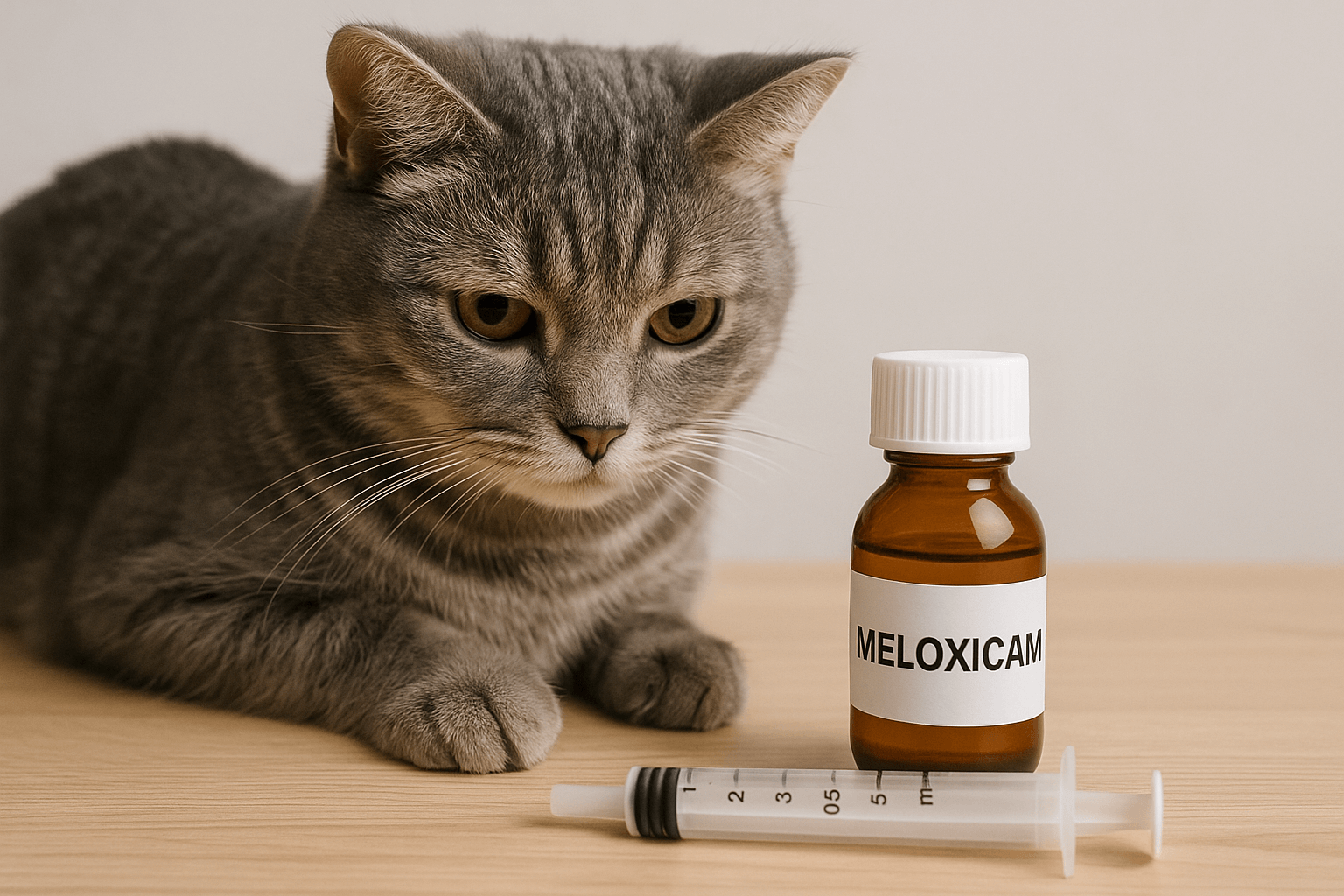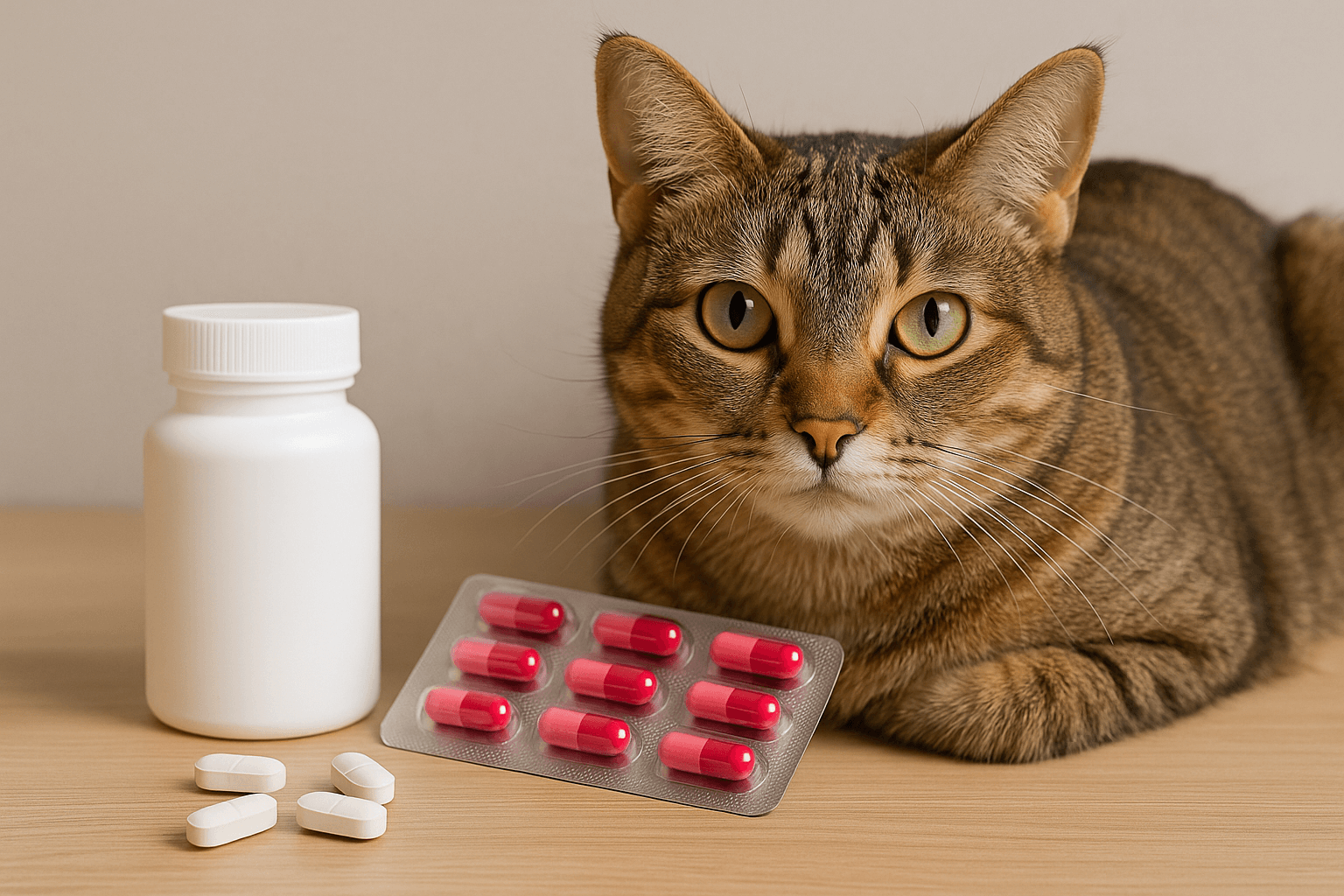Understanding the Cost of Dog Tooth Extraction
When it comes to our furry companions, their health is always a top priority. Dental issues in dogs are more common than many pet owners realize, and one of the most frequent procedures veterinarians perform is dog tooth extraction. While the thought of your pup undergoing surgery can be daunting, understanding the costs involved and what they include can help you make informed decisions. In this article, we’ll break down everything you need to know about dog tooth extraction costs, why they vary, and how to prepare for this essential procedure.
Factors That Influence Dog Tooth Extraction Costs
The cost of extracting a dog’s tooth isn’t a fixed number; it depends on several factors. These variables can significantly impact the final bill, so it’s important to understand what contributes to the price.
- Severity of the Dental Issue : Simple extractions for superficial teeth are less expensive than complex surgeries for impacted or fractured teeth.
- Size and Breed of the Dog : Larger breeds may require more anesthesia and specialized tools, increasing costs.
- Location of the Veterinary Clinic : Prices can vary widely depending on whether you live in an urban or rural area.
- Veterinarian’s Expertise : Specialists or board-certified veterinary dentists often charge higher fees than general practitioners.
- Pre-Surgical Tests and Post-Operative Care : Bloodwork, X-rays, pain management, and antibiotics can add to the overall expense.
Understanding these factors will help you anticipate the potential costs and plan accordingly. Remember, cheaper isn’t always better—prioritize quality care for your pet’s long-term health.
What’s Included in the Cost of Dog Tooth Extraction?
Dog tooth extraction isn’t just about removing the tooth itself. The process involves multiple steps, each contributing to the total cost. Here’s what you’re paying for when you schedule this procedure:
- Initial Examination and Diagnosis : A thorough check-up and dental X-rays to assess the problem.
- Anesthesia Administration : Ensuring your dog is safely sedated during the procedure.
- Surgical Procedure : The actual extraction, which may involve cutting gum tissue or drilling into bone for impacted teeth.
- Pain Management and Medication : Prescriptions for pain relief and antibiotics to prevent infection.
- Follow-Up Visits : Monitoring your dog’s recovery and ensuring proper healing.
These components ensure a safe and effective procedure. By understanding what’s included, you can see why the cost reflects more than just the act of pulling a tooth.
Expert Opinion: The Importance of Timely Dental Intervention
“Untreated dental issues in dogs can lead to systemic health problems, including heart and kidney disease,” says Dr. Emily Carter, a board-certified veterinary dentist with over 15 years of experience. “Tooth extraction, while seemingly drastic, is often the best solution to prevent further complications and ensure your pet’s long-term well-being.”
Check this guide 👉 5 Best Dog Finger Toothbrushes for Ultimate Dental Care!
Check this guide 👉 5 Best Dog Dental Powders for Ultimate Oral Health Boost!
Check this guide 👉 5 Best Dog Toothpaste Options for Ultimate Dental Health!

Cost Component | Why It Matters |
|---|---|
Initial Examination | Identifies underlying issues before extraction begins. |
Anesthesia | Keeps your dog safe and pain-free during surgery. |
Surgical Tools and Equipment | Ensures precision and minimizes complications. |
Pain Management and Antibiotics | Promotes faster recovery and prevents infections. |
Follow-Up Care | Monitors healing and addresses any post-op concerns. |
Ways to Manage Dog Tooth Extraction Costs
While dog tooth extraction can be costly, there are strategies to manage expenses without compromising your pet’s care. Consider the following options:
- Pet Insurance : Many policies cover dental procedures, including extractions, after meeting a deductible.
- Wellness Plans : Some veterinary clinics offer affordable monthly plans that include routine dental care.
- Payment Plans : Ask your vet if they provide financing options or payment plans to spread out costs.
- Discount Clinics : Non-profit organizations or low-cost clinics may offer reduced rates for necessary procedures.
- Preventive Care : Regular brushing and professional cleanings can reduce the likelihood of severe dental problems.
By exploring these avenues, you can alleviate some financial stress while still providing your dog with the best possible care. Prevention and planning go a long way in managing unexpected veterinary bills.
Signs Your Dog May Need a Tooth Extraction
Knowing when your dog might need a tooth extraction can save you time, money, and unnecessary discomfort for your pet. Look out for these warning signs:
- Bad Breath : Persistent foul odor could indicate advanced dental disease.
- Swollen Gums : Redness or inflammation around the teeth suggests infection or decay.
- Difficulty Eating : Reluctance to chew or dropping food from the mouth.
- Visible Damage : Broken, loose, or discolored teeth should not be ignored.
- Behavioral Changes : Increased irritability or pawing at the mouth.
If you notice any of these symptoms, consult your veterinarian promptly. Early intervention can prevent more extensive—and costly—treatments down the line.
Additional Costs You Might Encounter
While the primary focus is often on the extraction itself, there are additional costs that can arise during or after the procedure. Being aware of these potential expenses can help you budget more effectively.
- Pre-Surgical Bloodwork : Tests to ensure your dog is healthy enough for anesthesia.
- Dental X-Rays : Essential for identifying hidden issues beneath the gumline.
- Emergency Situations : Unexpected complications may require additional interventions.
- Specialized Tools : Advanced equipment for complex extractions can increase costs.
- Extended Hospital Stay : Some dogs may need overnight monitoring for safety.
Understanding these extras ensures you’re not caught off guard by unexpected charges. Always ask your vet for a detailed breakdown of potential costs upfront.
Benefits of Addressing Dental Issues Early
Addressing dental problems early can save both money and your dog’s comfort in the long run. Proactive care minimizes the risk of severe issues that require costly treatments like tooth extractions.
- Reduced Risk of Infection : Early treatment prevents bacteria from spreading to other parts of the body.
- Less Pain for Your Dog : Timely intervention avoids prolonged suffering from decay or abscesses.
- Lower Treatment Costs : Simple cleanings or minor procedures are far cheaper than surgeries.
- Improved Overall Health : Good dental hygiene supports heart, kidney, and liver function.
- Better Quality of Life : A pain-free mouth means a happier, more active dog.
By prioritizing early detection and treatment, you can avoid costly and invasive procedures later. Regular check-ups are key to maintaining your dog’s dental health.
Tips for Post-Operative Care at Home
After your dog’s tooth extraction, proper post-operative care is crucial for a smooth recovery. Following your vet’s advice and taking a few extra steps can make a big difference.
- Soft Diet : Feed soft or wet food to avoid irritating the extraction site.
- Pain Management : Administer prescribed medications exactly as directed.
- Monitor Behavior : Watch for signs of excessive bleeding, swelling, or discomfort.
- Restrict Activity : Limit playtime and vigorous exercise for a few days.
- Regular Check-Ins : Schedule follow-up visits to ensure proper healing.
With careful attention to these tips, your dog will recover quickly and comfortably. Remember, a little extra care goes a long way in ensuring a successful outcome.
Frequently Asked Questions About Dog Tooth Extraction Costs
How much does a typical dog tooth extraction cost?
Costs range from $100 to $1,000 per tooth, depending on complexity and location.
Is anesthesia included in the price?
Yes, anesthesia is typically included but can vary based on the dog’s size and health condition.
Can I delay the extraction if my dog seems fine?
Delaying treatment can lead to worsening conditions, increased pain, and higher costs later.
Are there alternatives to extraction?
In some cases, root canals or other treatments may be viable, though they’re often more expensive.
Will my dog recover quickly after the procedure?
Most dogs recover within a few days to a week, provided proper post-operative care is followed.
Investing in Your Dog’s Dental Health
Dog tooth extraction may seem like a significant investment, but it’s a crucial step in safeguarding your pet’s overall well-being. By understanding the factors influencing costs, what’s included in the procedure, and ways to manage expenses, you can approach this decision with confidence. Remember, your dog’s smile is worth every penny—after all, their happiness starts with good health. Prioritize preventive care, stay vigilant for signs of trouble, and work closely with your veterinarian to keep those tails wagging for years to come.
Cat Fever Treatment: Best 7 Expert Tips! Discover expert advice on identifying, managing, and treating fever in cats to ensure their quick recovery and well-being.
Understanding Meloxicam for Cats: Best 7 Expert Tips! Learn how to safely administer meloxicam, manage side effects, and ensure your cat's comfort with expert advice on feline pain relief.
Amoxicillin for Cat UTI: Best 7 Expert Tips! Discover safe usage, dosage guidelines, and expert advice on treating feline urinary tract infections effectively with amoxicillin.
Understanding Cat Cancer Treatment: Best 7 Expert Tips! Discover expert advice on managing feline cancer, from early detection to treatment options, ensuring your cat’s health and comfort.





